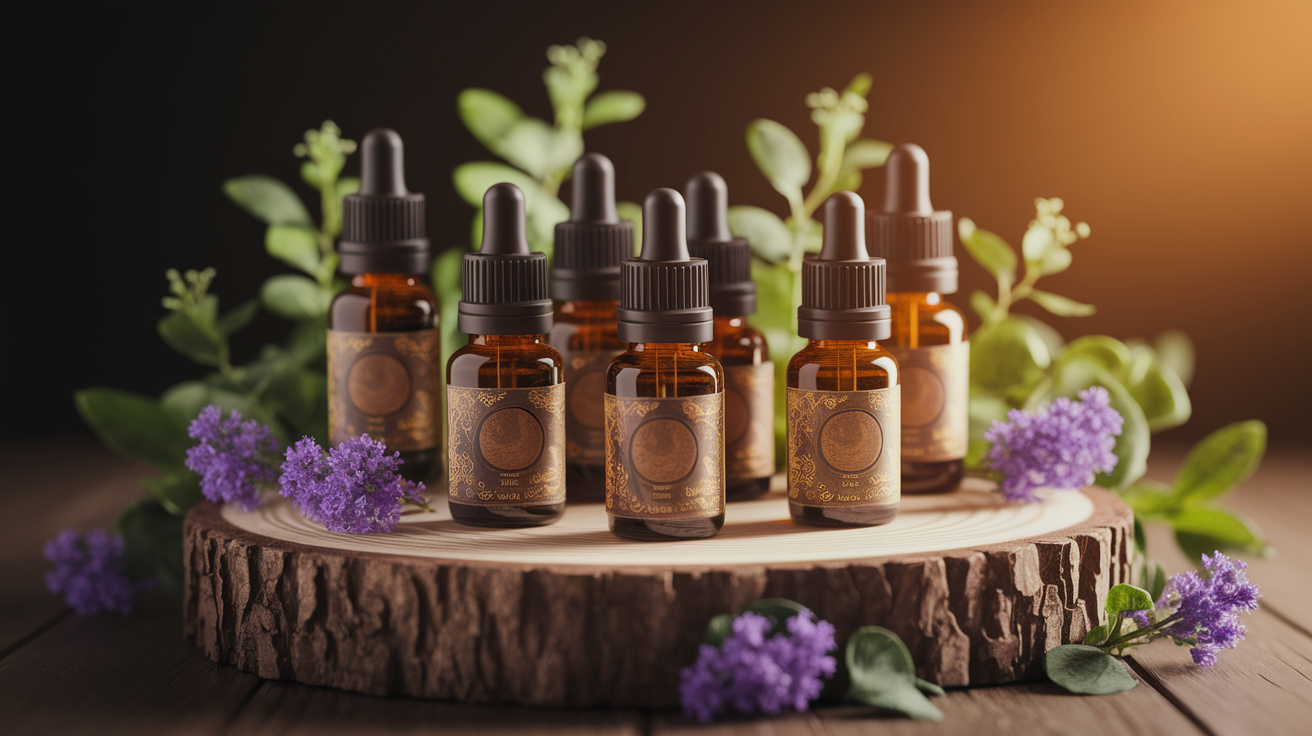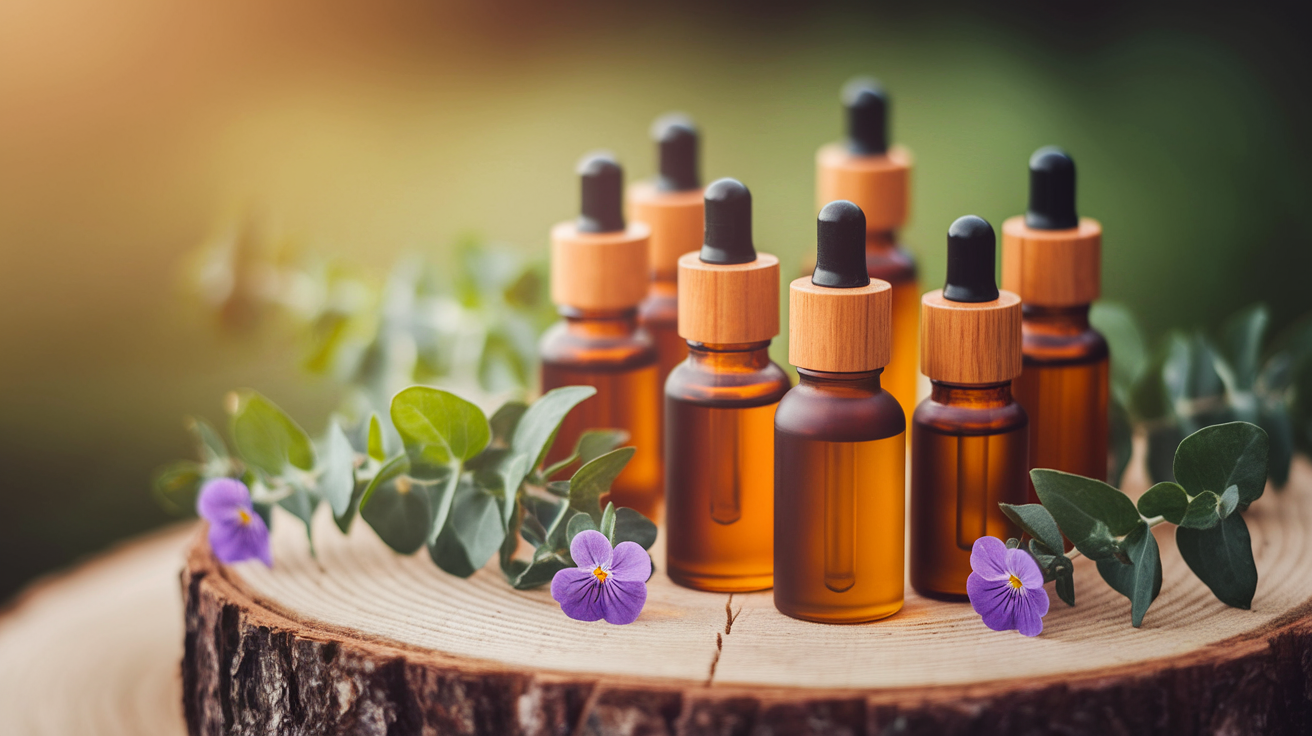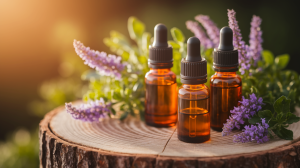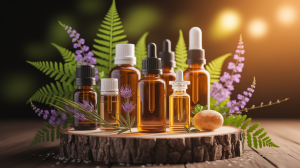Introduction – Nature’s Green Shield?
It still amazes me how certain plants seem to carry their own armor—tiny chemical warriors packed into fragrant oils that not only smell wonderful but have a knack for chasing pests away. When I first saw an aphid problem vanish after a light misting of a peppermint oil solution, it felt almost magical. But behind the magic lies science. These essential oil pesticides are part of a new wave of green pest solutions aiming to replace or complement harsher synthetic chemicals, and they’ve got a lot going for them. They biodegrade quickly, leave little trace, and can be gentle on non-target organisms. Yet—like anything in nature—they come with their quirks and challenges.
Environmental Footprint of Essential Oil Pesticides
Compared to synthetic options, botanical pesticides made from aromatic plant extracts have a reputation for being more environmentally safe. Many are biodegradable pesticides, breaking down into non-toxic compounds that reduce the risk of soil contamination and groundwater safety issues. Because they don’t hang around in the environment like chemical residues from conventional sprays, the risk to beneficial insects and pollinators is further minimized. In areas where biodiversity conservation is a priority, these plant-based insecticides can help preserve ecosystem health and maintain natural balances. Still, their carbon footprint isn’t zero—transport, distillation, and cultivation all leave a mark, so “green” doesn’t mean impact-free.

Synergy with Conventional Agrochemicals
Here’s where things get intriguing: essential oil pesticides can actually team up with synthetic chemicals in a kind of one-two punch. Research from sources like studies on synergistic effects has shown that certain oils can boost the effectiveness of conventional products, letting farmers use less synthetic matter overall. This not only makes integrated pest management strategies more potent but also helps slow down the runaway train of pesticide resistance. I’ve seen it play out firsthand—lower doses, same impact, and a lighter load on the surrounding environment. It’s a balancing act between nature’s arsenal and human innovation.

Production and Sourcing Challenges
Now for the less romantic side of things. Producing essential oils at scale isn’t always an eco-fairy tale. Intensive farming can sneak back in through the side door, bringing with it additional pesticide and water usage during cultivation. Some oils come from plants like sandalwood and rosewood, which are endangered due to overharvesting—a sobering reminder that “natural” doesn’t automatically mean “sustainable.” The environmental impact of essential oil production makes it clear that without proper regulations and certification, it’s hard to ensure ethical sourcing. Wild harvesting needs strict guidelines to keep from quietly harming the very ecosystems we’re trying to protect.
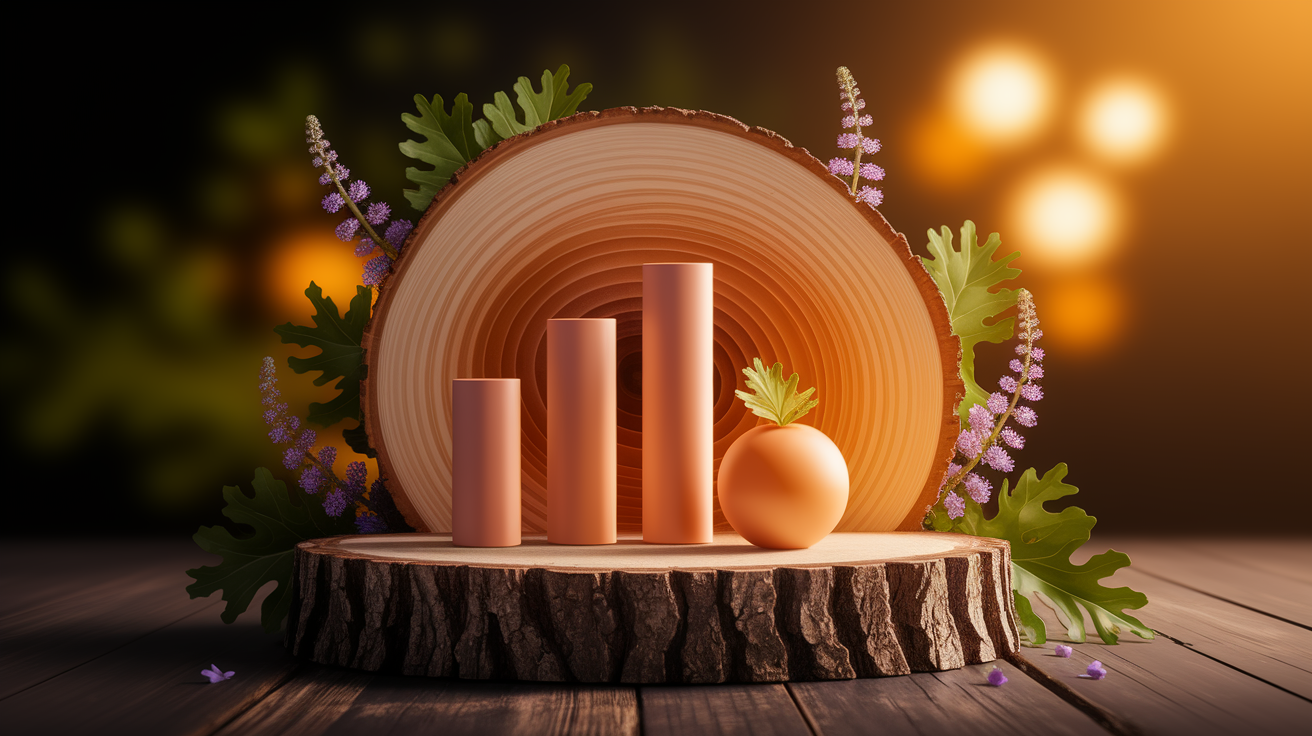
Enhancing Stability and Field Performance
Essential oils can be powerful, but they’re also a bit finicky. Sunlight, temperature, and plain old air can degrade them quickly, making them less reliable for long-term environmental pest control. Techniques like microencapsulation and emulsification are stepping in to help—think of them as wrapping the oil’s active ingredients in a protective bubble until they can do their job. Advances in formulation aim to improve efficacy without losing the eco-friendly profile. The result could be products that stand up better in the field, maintaining performance even under unpredictable conditions.
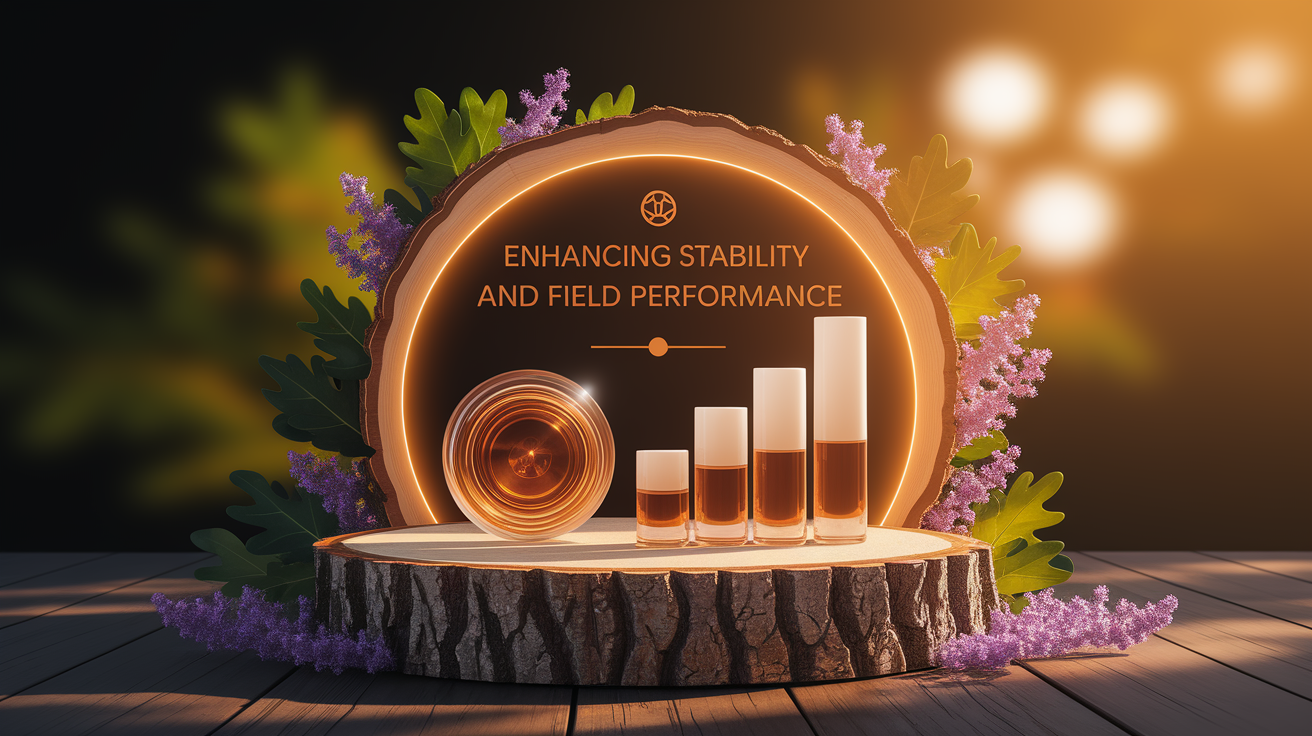
Sustainable Practices and Regulatory Outlook
For essential oil pesticides to truly earn their place in sustainable agriculture, regulation needs to catch up. We need certifications tailored to these natural pesticides, standards for ethical wild harvesting, and transparent supply chains. Encouraging sustainable farming practices like crop rotation and renewable resource use can cut down environmental degradation linked to large-scale production. By weaving these botanical pesticides into broader eco-friendly pest management systems, we stand a better chance of aligning with climate change mitigation goals, biodiversity protection, and long-term environmental stewardship.
Conclusion – Seeding a Greener Tomorrow
It’s hard not to feel a spark of hope imagining fields awash with scent, protected by the same plants they host. Essential oil pesticides aren’t a perfect solution—they need thoughtful sourcing, smart formulation, and careful regulation—but they offer a genuine path toward reduced chemical residues, preserved pollinator populations, and healthier ecosystems. In the end, they’re a reminder that sometimes the best tools for keeping our crops safe have been growing quietly alongside them all along, waiting for us to notice and harness their quiet, potent power.



